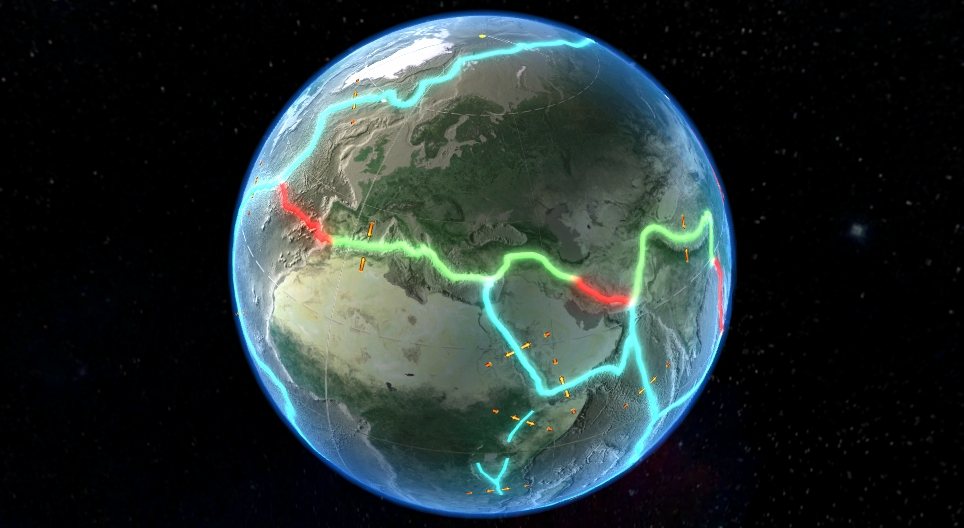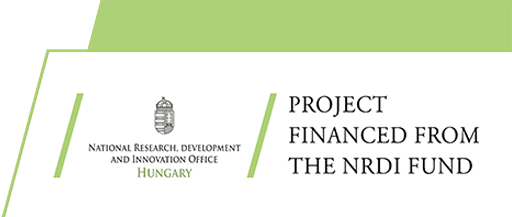Tectonic plates
Tectonic plates
Tectonic plates can move in relation to each other.
5.-12. klase
mozaLink
/Tīmekļa saite
Ainas
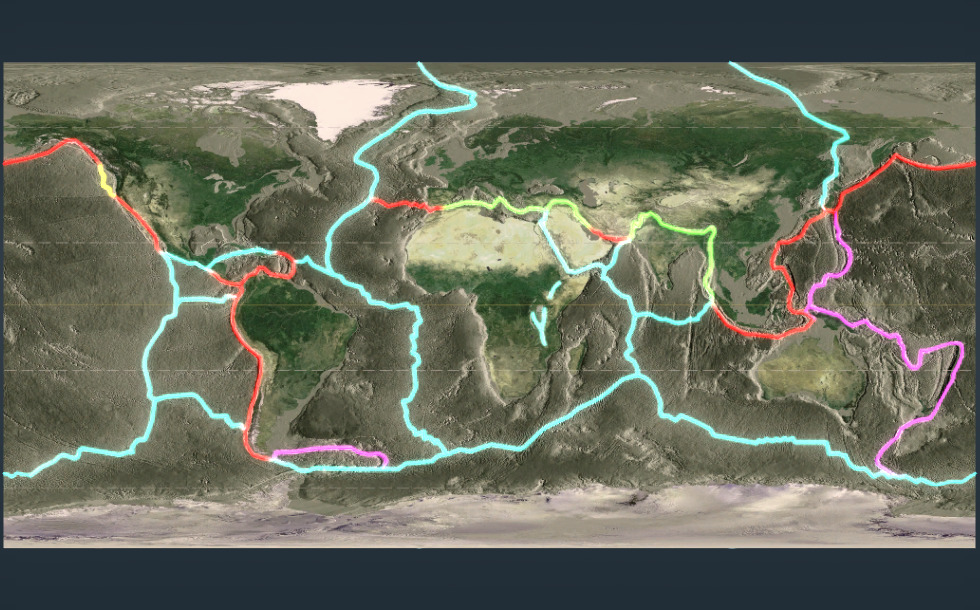
Tectonic plates
- African Plate
- Eurasian Plate
- Arabian Plate
- Indian Plate
- North American Plate
- South American Plate
- Caribbean Plate
- Cocos Plate
- Nazca Plate
- Antarctic Plate
- Australian Plate
- Philippine Sea Plate
- Pacific Plate
The solid, outermost shell of the Earth is called the lithosphere. This includes the crust and the upper, solid part of the mantle. On average, it is 50 km thick beneath the oceans and 70–100 km thick under the continents. The continental lithosphere and the oceanic lithosphere also differ in composition. The continental crust floats on the asthenosphere, the viscous upper part of the mantle that lies beneath the lithosphere.
The movement of the lithosphere, which can be observed in a great number of places, is the reason behind earthquakes and volcanic activity. These movements do not take place randomly, but along longitudinal belts. Volcanic activity and earthquakes mostly occur at the edge of continents, in oceanic island arcs, oceanic trenches, and mid-ocean ridges. These motion processes mark the boundaries of tectonic plates.
The lithosphere is not uniform, it is broken up into tectonic plates of different sizes. Today, we know of seven major tectonic plates and a number of other, smaller ones, which all move in relation to each other. The seven major tectonic plates are: the African plate, the Eurasian plate, the North American plate, the South American plate, the Pacific plate, the Indo-Australian plate and the Antarctic plate.
The theory that describes the motion of the lithosphere is called plate tectonics. There are three types of tectonic movement: convergence, divergence and subduction.
Mid-ocean ridges represent an example of divergent plate boundaries. As magma, that is, molten rock, rises from the asthenosphere and penetrates the oceanic lithosphere, it reaches the surface, where it cools down and solidifies, forming new lithosphere at the edge of the crack. That is how mid-ocean ridges are formed. As it expands, the mass of molten rock pulls the sea floor apart, causing the tectonic plates on either side of the ridge to move away from each other. Thus the ocean basin grows wider, a process called sea floor spreading. That is how, for example the Atlantic Ocean has been formed.
However, since the surface of the Earth cannot increase continuously, the surface of oceans cannot increase continuously either. The opposite boundary of the oceanic plates approaches another plate. When the two tectonic plates collide, one plate moves beneath another. This is called subduction. The subducting plate moves into the asthenosphere where it is melted and incorporated into the mantle.
At subduction zones, volcanoes, fold mountains and deep sea trenches occur. Examples of mountain ranges formed as a result of subduction are the Andes and the Himalayas.
On rare occasion, it may happen that two adjacent plates slip along a fault, resulting in an earthquake. This is the case with the San Andreas Fault in California.
Oceanic lithosphere is formed continuously at mid-ocean ridges and disappears at oceanic trenches. Thus, the size of continental plates and the location of dry land are continuously changing.

Section of Earth
- crust - The oceanic crust is thinner (5–15 km) and consists of rock rich in silicates and magnesium; its density is 3.2 g/cm³. Continental crust is thicker (30–65 km) and consists of rock rich in silicates and aluminium; its density is 2.7–3 g/cm³.
- upper mantle - It extends to a depth of 700 km; its density is 3.3–4 g/cm³.
- lower mantle - A solid layer, extending to a depth of 2,900 km. Its density is 4–5.5 g/cm³.
- outer core - A viscous layer, extending to a depth of 5,150 km. Its density is 10.5–12.3 g/cm³.
- inner core - A solid layer, extending to a depth of 6,371 km. Its density is 13.3 g/cm³.
- lithosphere - The rigid, outermost shell of the Earth. It includes the crust and the topmost, solid layer of the upper mantle. It is about 50–100 km thick and its density is 3.3 g/cm³.
- asthenosphere - A molten layer of the upper mantle; about 550–600 km thick. Its density is 3.4–4 g/cm³. Tectonic plates float on this layer.
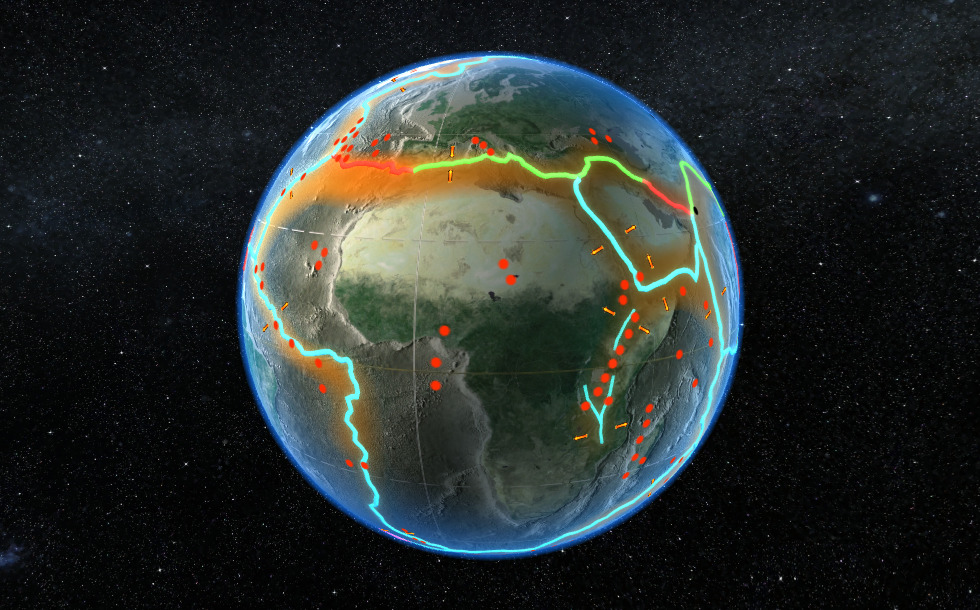
Tectonic plate boundaries
- African Plate
- Eurasian Plate
- Arabian Plate
- Indian Plate
- North American Plate
- South American Plate
- Pacific Plate
- Caribbean Plate
- Cocos Plate
- Nazca Plate
- Antarctic Plate
- Australian Plate
- Philippine Sea Plate
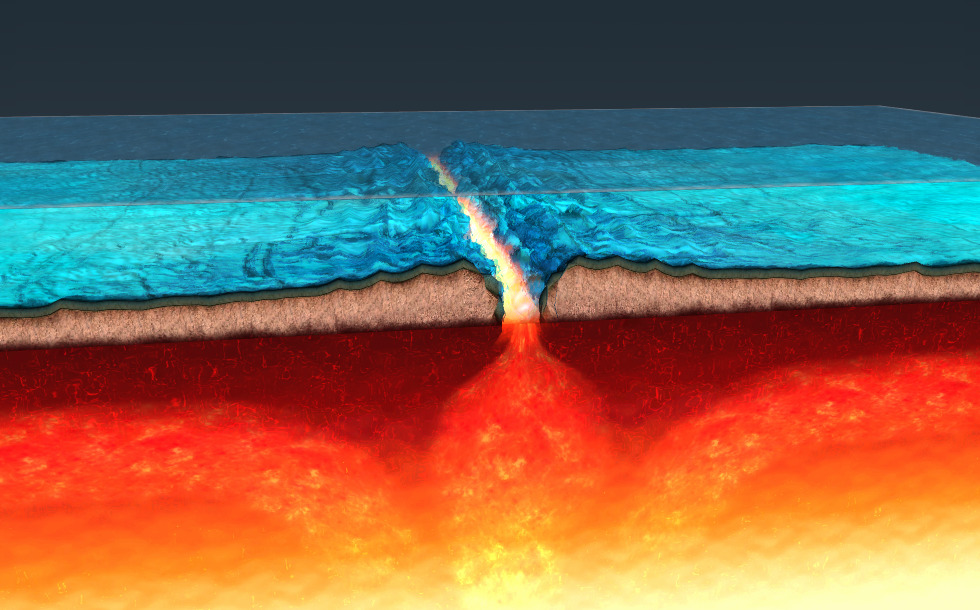
Types of plate motion
- oceanic ridge with central rift valley - Molten rock (magma) rises from the asthenosphere and reaches the surface, where it cools down and solidifies, forming mid-ocean ridges and causing oceanic plates to diverge.
- ocean
- oceanic plate
- asthenosphere - A molten layer of the upper mantle; about 550–600 km thick. Its density is 3.4–4 g/cm³. Tectonic plates float on this layer.
The solid, outermost shell of the Earth is called the lithosphere. This includes the crust and the upper, solid part of the mantle. On average, it is 50 km thick beneath the oceans and 70–100 km thick under the continents. The continental lithosphere and the oceanic lithosphere also differ in composition. The continental crust floats on the asthenosphere, the viscous upper part of the mantle that lies beneath the lithosphere.
The movement of the lithosphere, which can be observed in a great number of places, is the reason behind earthquakes and volcanic activity. These movements do not take place randomly, but along longitudinal belts. Volcanic activity and earthquakes mostly occur at the edge of continents, in oceanic island arcs, oceanic trenches, and mid-ocean ridges. These motion processes mark the boundaries of tectonic plates.
The lithosphere is not uniform, it is broken up into tectonic plates of different sizes. Today, we know of seven major tectonic plates and a number of other, smaller ones, which all move in relation to each other. The seven major tectonic plates are: the African plate, the Eurasian plate, the North American plate, the South American plate, the Pacific plate, the Indo-Australian plate and the Antarctic plate.
The theory that describes the motion of the lithosphere is called plate tectonics. There are three types of tectonic movement: convergence, divergence and subduction.
Mid-ocean ridges represent an example of divergent plate boundaries. As magma, that is, molten rock, rises from the asthenosphere and penetrates the oceanic lithosphere, it reaches the surface, where it cools down and solidifies, forming new lithosphere at the edge of the crack. That is how mid-ocean ridges are formed. As it expands, the mass of molten rock pulls the sea floor apart, causing the tectonic plates on either side of the ridge to move away from each other. Thus the ocean basin grows wider, a process called sea floor spreading. That is how, for example the Atlantic Ocean has been formed.
However, since the surface of the Earth cannot increase continuously, the surface of oceans cannot increase continuously either. The opposite boundary of the oceanic plates approaches another plate. When the two tectonic plates collide, one plate moves beneath another. This is called subduction. The subducting plate moves into the asthenosphere where it is melted and incorporated into the mantle.
At subduction zones, volcanoes, fold mountains and deep sea trenches occur. Examples of mountain ranges formed as a result of subduction are the Andes and the Himalayas.
On rare occasion, two adjacent plates slip along a fault, resulting in an earthquake. This is the case with the San Andreas Fault in California.
Oceanic lithosphere is formed continuously at mid-ocean ridges and disappears at oceanic trenches. Thus, the size of continental plates and the location of dry land are continuously changing.
